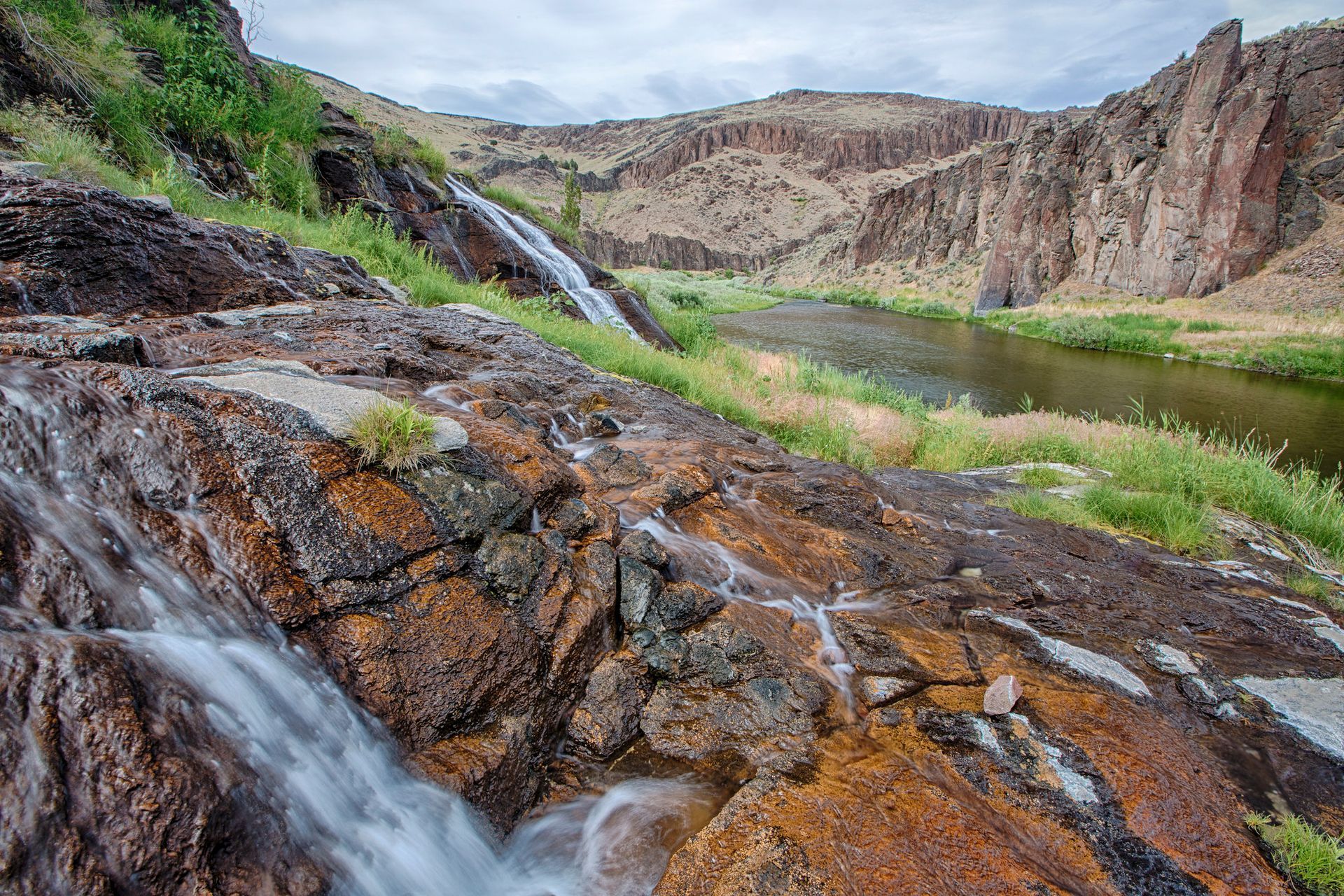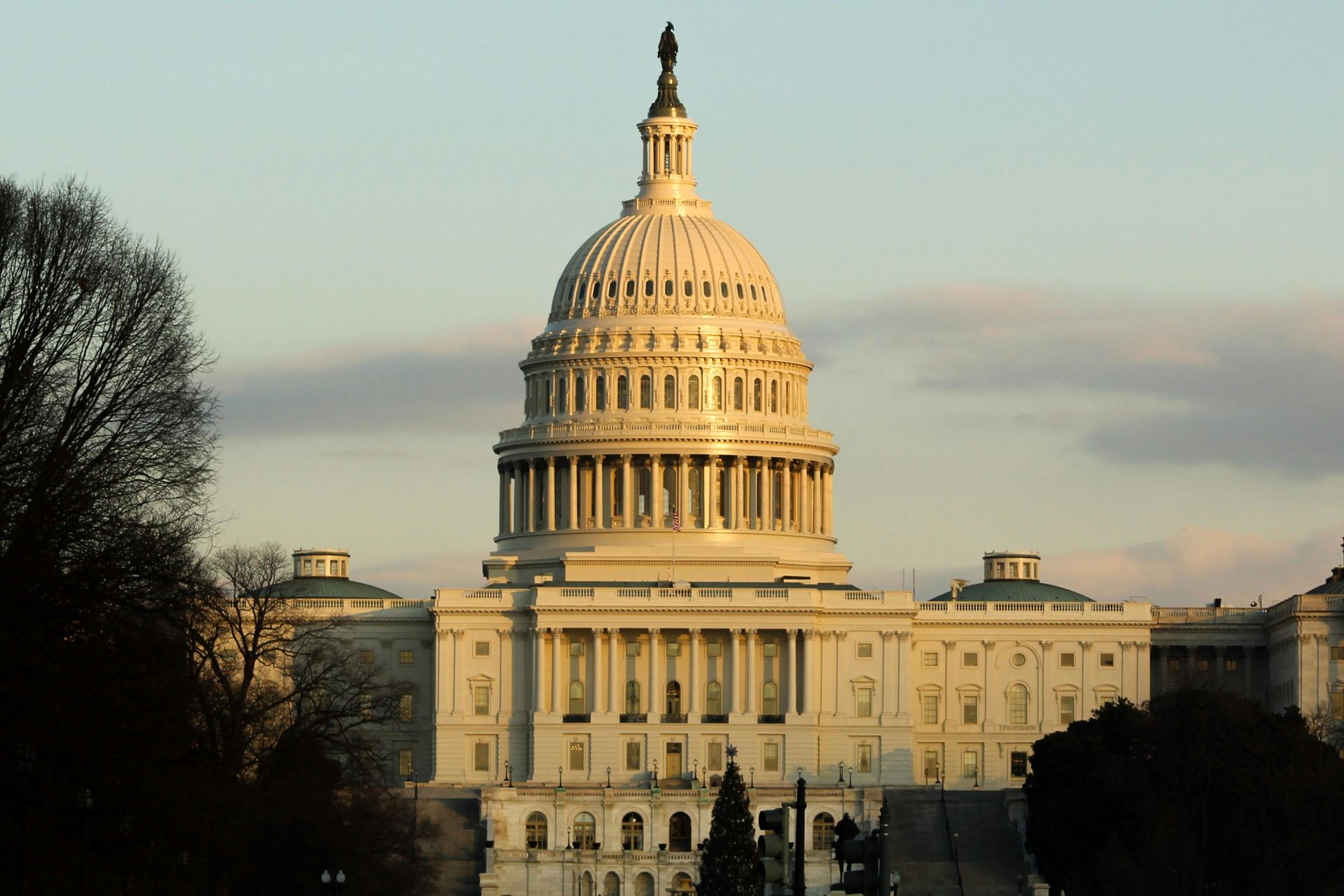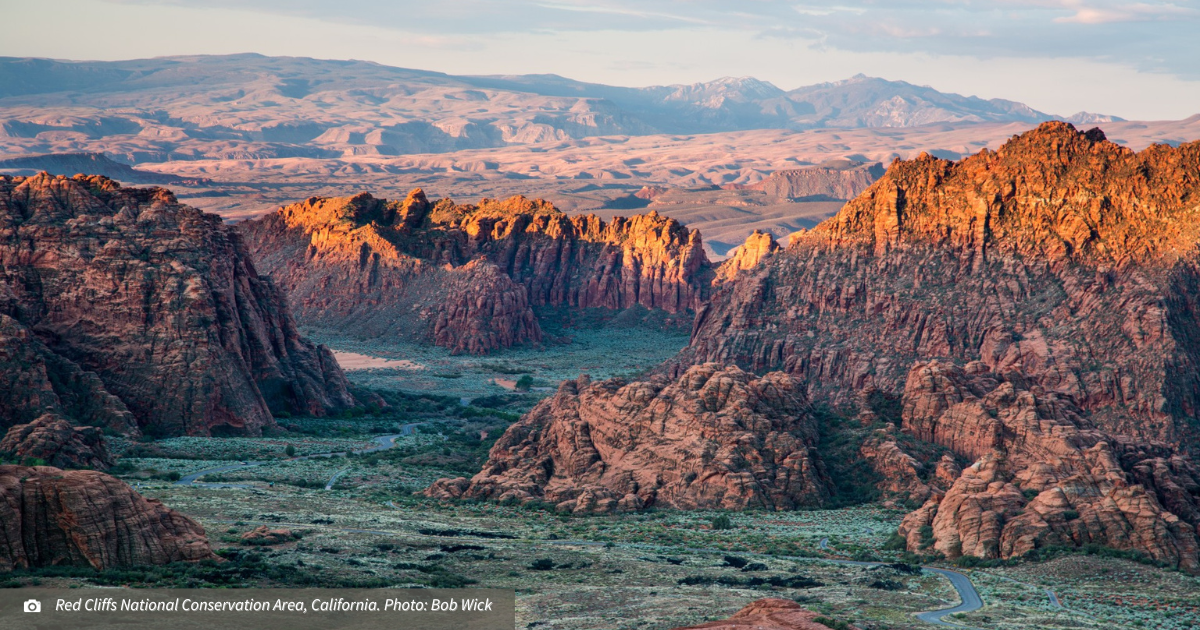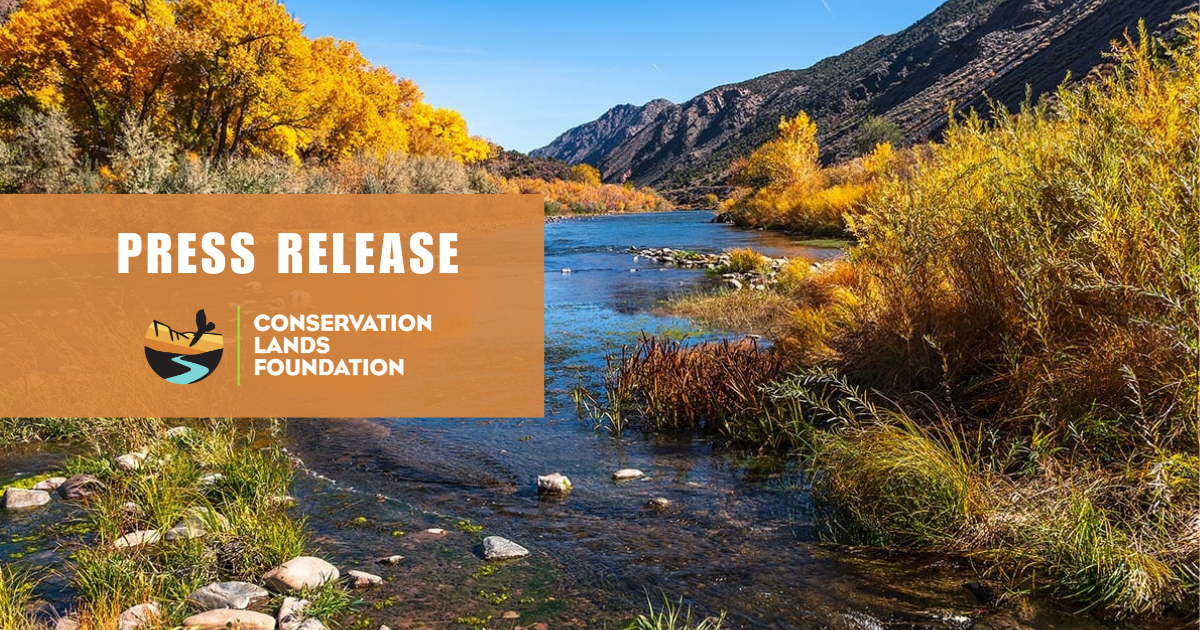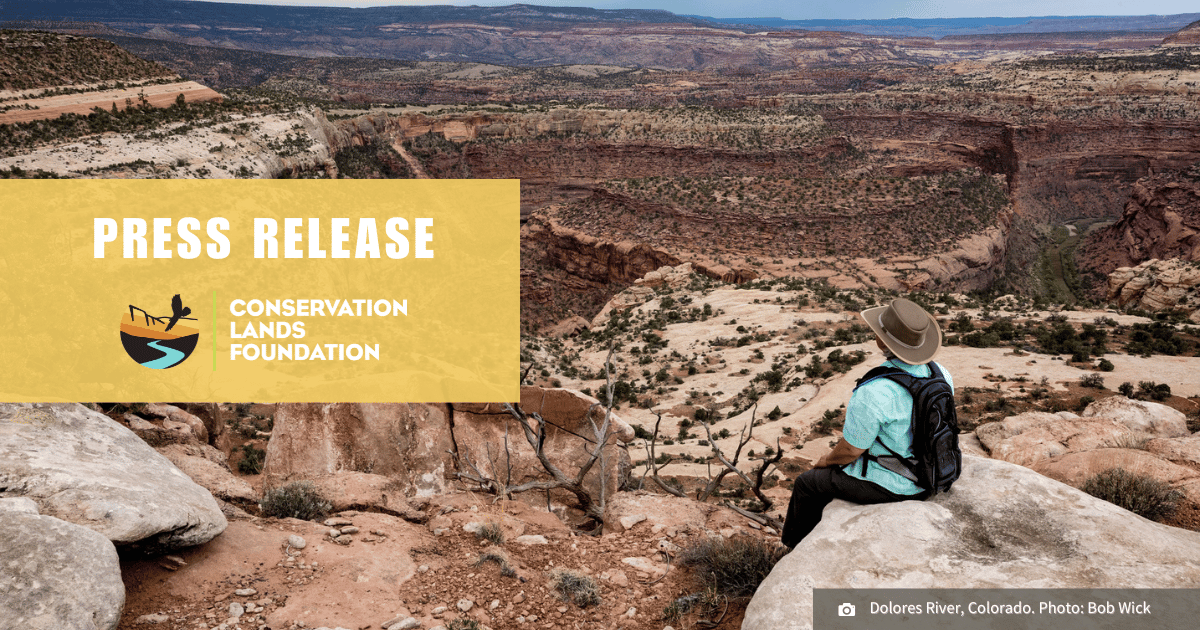Bureau of Land Management to Host Public Meeting for Proposed Public Land Rule
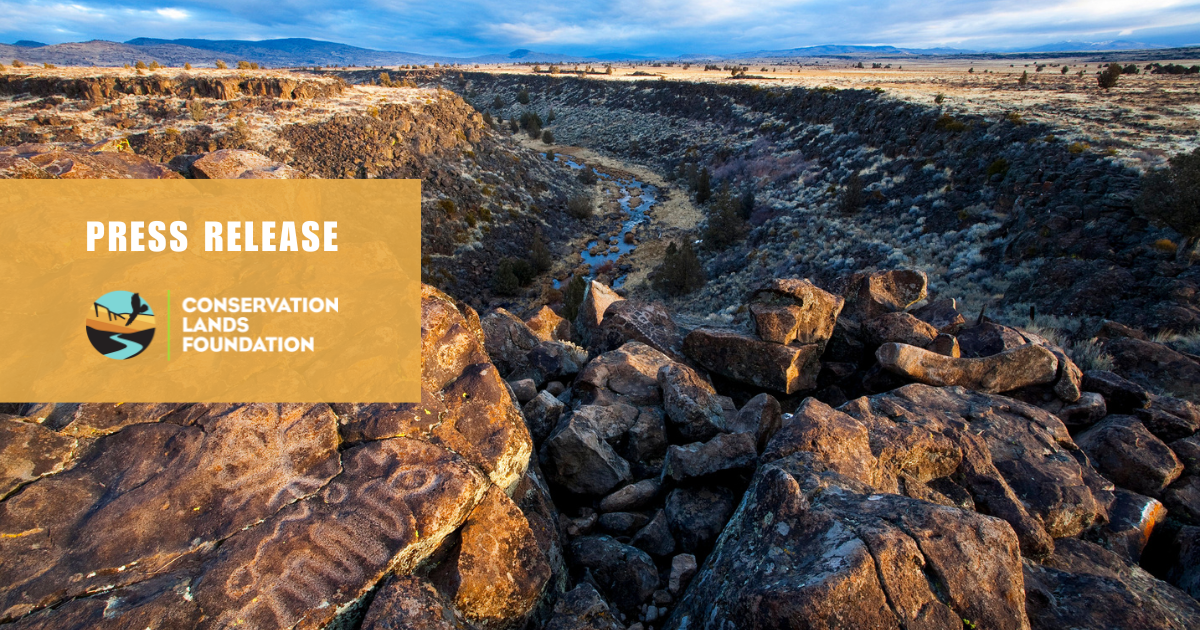
Reno, NV - Today, the Bureau of Land Management (BLM) will host a public meeting for the proposed Public Lands Rule in Reno. The rule is a once-in-a-generation opportunity that puts conservation on equal footing with other uses within the agency. Nevadans are encouraged to take advantage of this opportunity to make their voices heard, and urge the BLM to elevate conservation and bring balance to how these public lands are managed for generations to come.
Event Details: Public Meeting on BLM Public Lands Rule
Date: Today, Thursday, June 1
Media Availability: 4:30 p.m. to 5:00 p.m. PT (Public Meeting from 5-7pm PT)
Location: Reno-Sparks Convention Center, 4950 S Virginia Street, Reno
The BLM oversees the management and public enjoyment of 245 million acres of lands and waters across the United States—including 48 million acres in Nevada. The vast majority of BLM lands are open for oil and gas development and other extractive uses - 90%, while less than a tenth is set aside for conservation. The proposed rule would change future BLM planning and management by ensuring they consider and manage for a resilient ecosystem, which includes protecting intact landscapes, and achieving land health by applying land health standards. The proposed rule also identifies tools to advance conservation management, including: Areas of Critical Environmental Concern, mitigation, restoration and conservation leasing.
The Reno meeting is a part of a nationwide 75-day public comment period, on the agency’s new plan for how it will steward public lands under their care with a rebalanced focus on conservation, water, cultural resource protection and wildlife.
We applaud BLM for attempting to rebalance conservation and climate impacts, and are making several recommended improvements to the rule. They are as follows:
- Habitat Connectivity: The final rule should require the identification and protection of habitat connectivity areas, in accordance with the BLM interim policy.
- Old Growth and mature forests: The final rule should ensure that, in accordance with Executive Order 14072, older and mature forests are adequately protected and restored.
- Intact natural landscapes: The final rule must ensure that, prior to approving any development action, the BLM has conducted an inventory of intact natural landscapes, including lands with wilderness characteristics, and determined that the action will not degrade any intact natural landscape.
- Areas of Critical Environmental Concern (ACECs): The final rule should ensure that all eligible areas that meet the criteria are designated as ACECs and are properly managed.
- Tribal Consultation and Co-management: BLM should consult with Tribes to further develop the regulatory language and ensure it fully advances opportunities for co-stewardship, incorporation of Indigenous Knowledge, respect for Tribal sovereignty and treaty rights, protection of Tribal cultural sites, and carrying out Tribal consultation in ways that honor the unique historic and current connections of Native Americans to public lands.
We encourage Nevadans and all Americans to submit their own public comment before the June 20th deadline.
####
Below are quotes from local partners who support the Public Lands Rule:
Nevada State Assemblyman Howard Watts III
“Many of our communities are located near Bureau of Land Management (BLM) lands, which include traditional homelands of Indigenous populations, vital watersheds for downstream communities, and outstanding fish and wildlife habitat. They also provide outstanding opportunities for outdoor recreation, including camping, hiking, paddling, hunting and fishing. I was happy to join with over 100 of my colleagues in encouraging the BLM and the administration to do more to protect these important places and we hope the BLM will work with communities across the state to implement these new rules in upcoming plans.”
Russell Kuhlman, executive director of the Nevada Wildlife Federation
“Nevada’s public lands are facing many obstacles including drought, wildfires, invasive cheatgrass, and feral horses. It’s time that the Bureau of Land Management gives conservation a seat at the table with all of the other multiple uses it manages. I believe this proposed rule will help balance the extractive uses that occur on public lands without hindering them. It will also provide future generations with the opportunities we enjoy today and hopefully more.”
Shaaron Netherton, executive director of Friends of Nevada Wilderness
“We are excited to see a strong emphasis on the need for resource management planning that can address conservation and restoration along with all the other uses of our public lands. Many of Nevada’s land use plans are so out of date that a fresh look at the importance of managing for intact landscapes, wildlife corridor connectivity and restoration is long overdue. We are grateful that the BLM is working on this now.”
Jen Gurecki, CEO of Coalition Snow, a Reno-based snowsports brand and member of Nevada Outdoor Business Coalition
“This proposed rule isn't simply a matter of environmental stewardship; it's a strategic investment in our future. Giving conservation the attention it deserves and working collaboratively with Indigenous Tribes is a forward-thinking move that not only safeguards our natural heritage but also unleashes the potential of a booming outdoor recreation economy. By ensuring that BLM land is managed for a resilient ecosystem, we can tap into an economic force that currently contributes to the GDP three times that of oil and gas development.”
Kristee Watson, deputy director of the Nevada Conservation League
“As an avid sportswoman, who conducts most of my activities on public lands, I believe that the proposed conservation rule is imperative to fulfill the very mission of the Bureau of Land Management. ‘To sustain the health’ is the first thing mentioned in its mission statement. Without the health of these lands, there is no way to fulfill the remainder of its mission: ‘for the use and enjoyment of present and future generations.’ I believe that people who truly cherish Nevada’s public lands will support this proposal, which simply seeks to improve the lands that wildlife, sportsmen and women, and rural communities depend on.”
Melissa Skelton, Nevada Artemis Sportswoman
“Bureau of Land Management lands in Nevada are vital for safeguarding wildlife, protecting cultural and natural resources, and driving our outdoor recreation economy. Establishing clear public land safeguards is also key to helping us mitigate the growing impacts of the West from the climate crisis. Seeing the agency make public land conservation a priority is the right step for protecting our outdoor way of life in Nevada, ensuring our local economies stay strong and protecting our climate.”
Bertha Gutierrez, program director of the Conservation Lands Foundation based in Nevada
“BLM lands, including many in Nevada like the newly designated Numunaa Nobe National Conservation Area, are among the nation’s most iconic open areas that drive tourism, offer refuge for wildlife, provide access to nature, and safeguard innumerable stories of human experiences on the land. Now is the time to preserve these iconic places, and we have a once-in-a-generation opportunity to help shape the future for BLM-managed public lands, our communities, and wildlife by participating in the agency’s comment period and public meetings like the one in Reno today.”
Anna Peterson, Executive Director of The Mountain Pact
“Lawmakers, businesses, and outdoor enthusiasts across Nevada want to see more administrative protections by the BLM. Over 120 local elected officials from western states have called on the Biden administration to protect more Bureau of Land Management lands. We look forward to the BLM using this rulemaking process to conserve and protect our nation’s important public lands, wildlife and waters in tandem with locally-led efforts to advance conservation across Nevada.”
